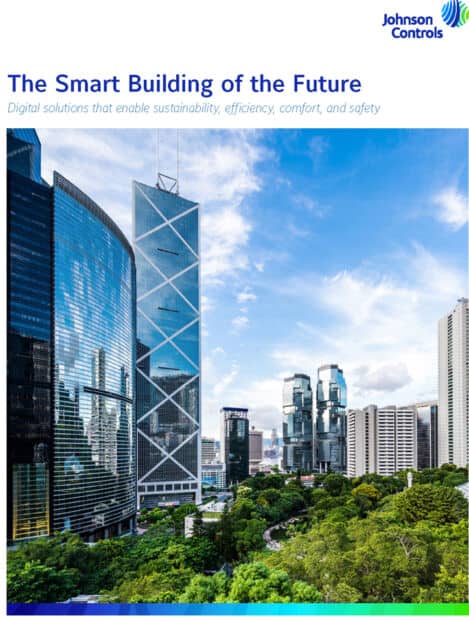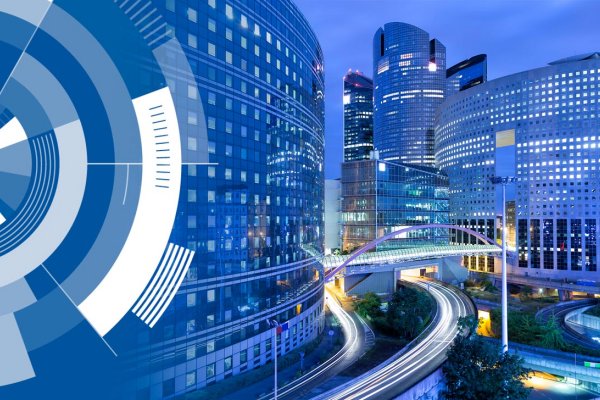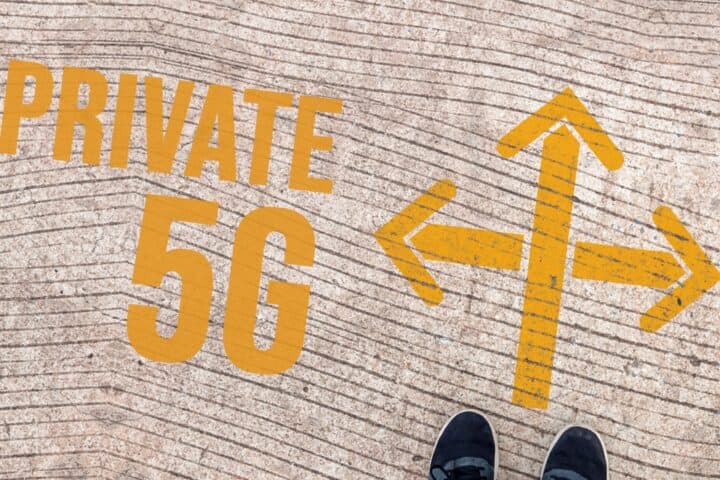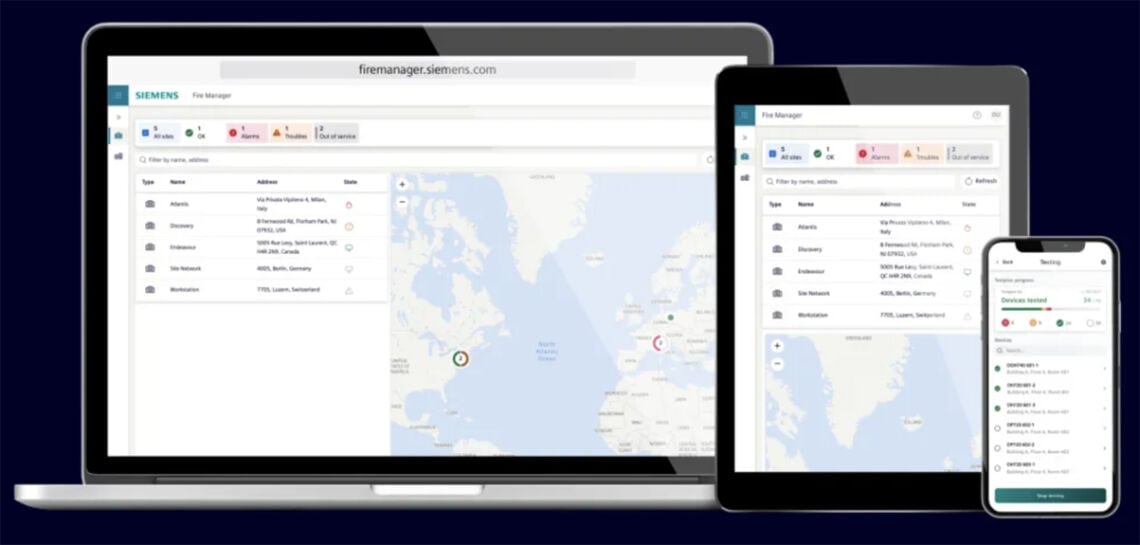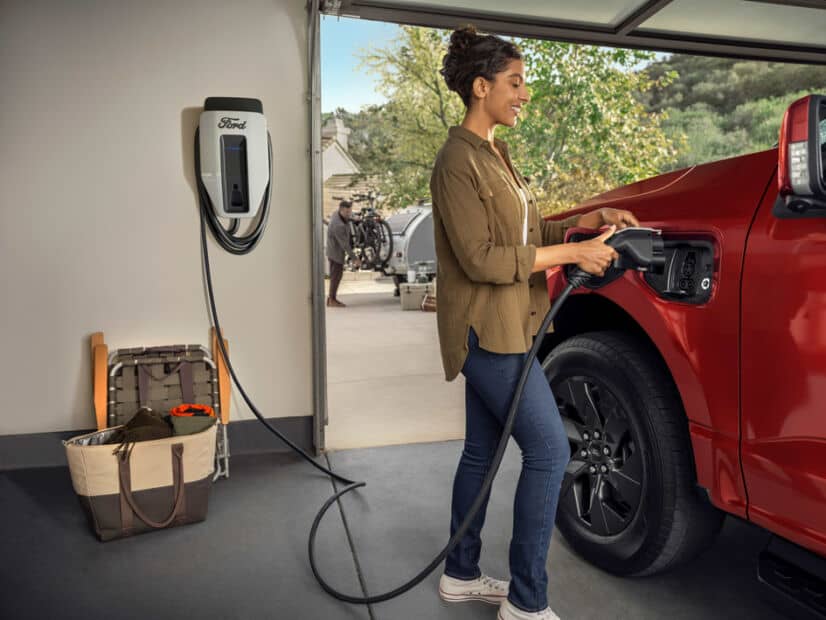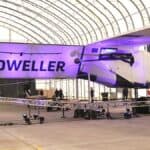Johnson Controls highlights the pivotal role of advanced technologies like artificial intelligence, Internet of Things (IoT), cloud computing, and cybersecurity in advancing green building initiatives. Recognizing buildings’ significant contribution to global greenhouse gas emissions, the company advocates for integrating smart building solutions to meet sustainability goals while fostering business growth.
The Smart Building of the Future model prioritizes sustainability and well-being by leveraging technology to optimize building performance, enhance productivity, and improve occupant experience. Vijay Sankaran, Johnson Controls’ chief technology officer, emphasizes the need for innovative approaches to reduce carbon footprint and achieve climate objectives, while also enhancing operational efficiency and cost-effectiveness.
Critical technological components supporting smart buildings include ubiquitous connectivity, AI-driven automation, and digital twins for real-time data analysis and informed decision-making. Johnson Controls promotes a holistic approach to smart building adoption, emphasizing collaboration with IT and cybersecurity teams, strategic partnerships, and investment in education and training. By leveraging its OpenBlue ecosystem, Johnson Controls aims to transform buildings into intelligent assets, driving energy efficiency and emissions reduction across diverse portfolios.
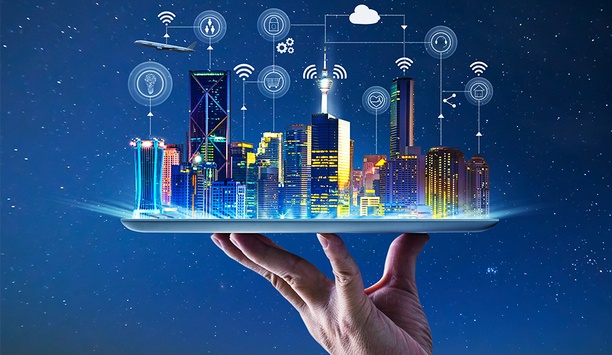
Building a Sustainable Future: Johnson Controls’ Vision for Smart Buildings and Green Technology
According to a whitepaper from Johnson Controls, businesses can build structures that integrate with animal and economic ecosystems with the aid of technologies like artificial intelligence, Internet of Things, the cloud, and cyber security.
There has never been a greater need to advance green building technology to help businesses meet net-zero goals while still being able to grow. Buildings account for 40% of global greenhouse gas emissions.
The Smart Building of the Future demonstrates how smart buildings provide a balanced environment that prioritizes sustainability and well-being, using technology to adapt and unlock ability, support productivity, and promote building occupants peak performance.
According to Johnson Controls chief technology officer Vijay Sankaran, “It has always been more crucial for organizations to think about cutting-edge and effective ways to reduce their carbon footprint, especially in the buildings industry, which is the single largest source of our planet’s greenhouse gas emissions.” The wise building of the future provides fresh, more efficient ways to assist businesses in achieving important climate goals, cutting costs, improving day-to-day operations, and enhancing personalized experiences. All stakeholders gain from the integrated approach that ultimately creates a healthier, safer, and more productive environment when intelligent technology is brought to life in the building.
Accelerating Sustainability Through Smart Building Technology: Insights from Johnson Controls
The development and adoption of building technology are being accelerated by a number of factors. IoT devices and the use of data analytics and AI have become more crucial as building owners struggle to address issues like rising energy costs and shifts in occupancy patterns.
The report also provides building managers with information on the key technological factors that support bright buildings, such as
- Barriers between fragmented and included devices are broken down by ubiquitous connectivity through cloud-based services on the edge, allowing for the flow of real-time data that businesses can analyze for insights and ongoing improvement.
- The core of the upcoming bright buildings will be AI-enabled automatic bright structures, which will increase efficiency, improve user experience, and enable sustainability advancements. By enabling data to be properly processed and stored within the building operator’s network, AI at the edge lessens privacy, compliance, and cyber concerns.
- By enabling the integration of AI, IoT, and cloud technologies to produce recommendations for enhancing building performance and user experience, digital twins enable a constant feedback loop between the actual and the online.
Transforming Buildings into Assets: Johnson Controls Three-Step Approach to Smart Building Deployment
Organizations should take extra steps to plan for and enhance their upcoming building operations because many of the technical foundations needed to make buildings smart currently exist. This entails creating a user experience strategy, working with IT and cyber security teams, collaborating with outside consultants, funding education and training initiatives, and managing pilot projects.
According to a new survey from Johnson Controls and Forrester Consulting, partners are crucial to realizing 2030 sustainability commitments, and sustainability is widely accepted as one of the company’s top business priorities. According to the survey, bright buildings are crucial for accelerating sustainability initiatives, and adding or updating building automation and digital technologies to maximize energy use are two of the most important areas for investing in sustainability.
Johnson Controls has created a three-step process to turn buildings into proper assets-design, digitalise, and deploy. This process is one-stop-shop for building wise buildings. Johnson Controls OpenBlue, an ecosystem of related technologies, digital technology, and services, serves as the cornerstone of this intelligent building strategy. OpenBlue continually adjusts to optimize performance by reading the exist activity of a building. Insights that save more energy and emissions than conceivable with secluded systems can be obtained by combining data from all of the building’s systems and using online tools like AI.

